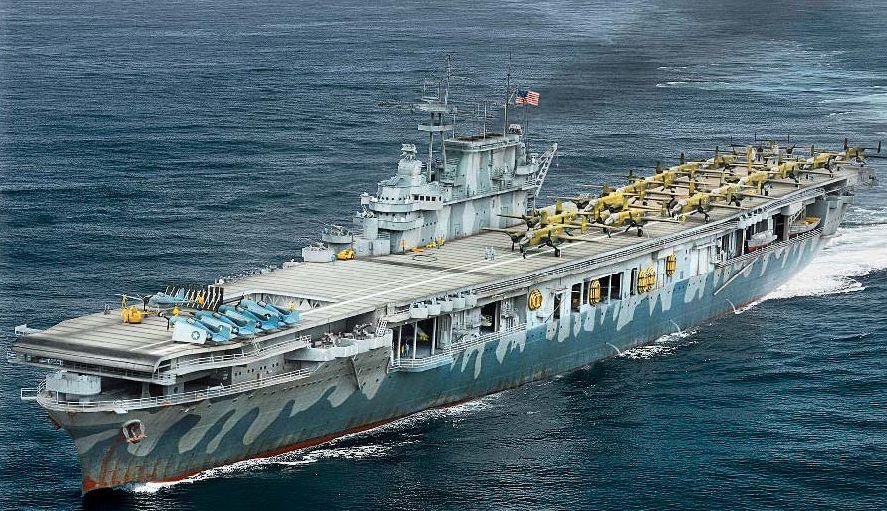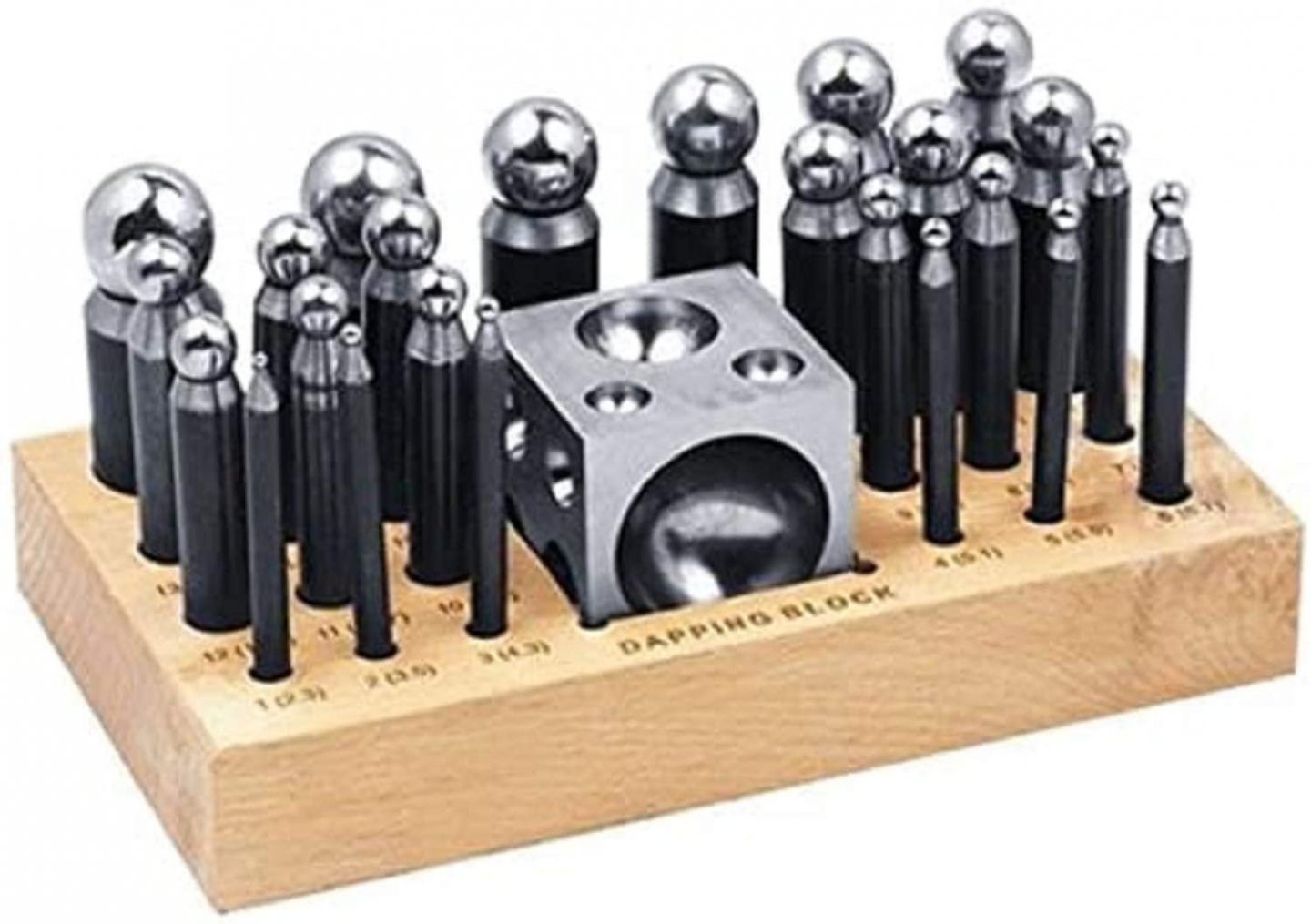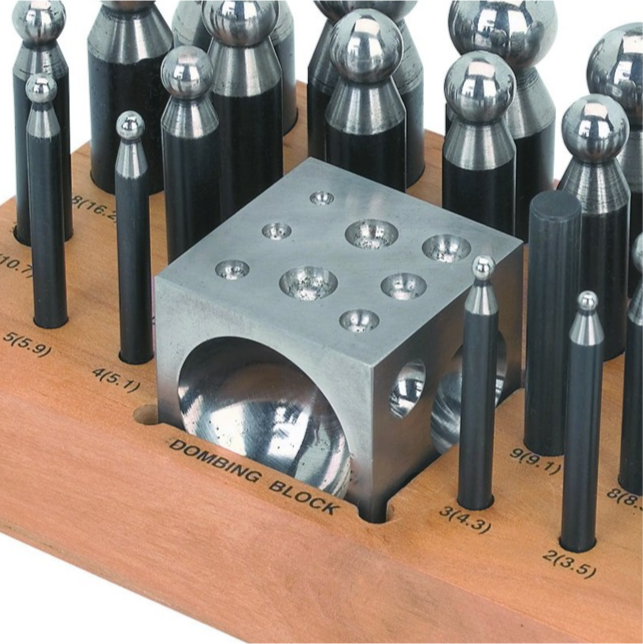-
Posts
4,377 -
Joined
-
Last visited
Content Type
Profiles
Forums
Gallery
Events
Everything posted by Egilman
-
Option "C" would not give you a complete aircraft, you would lose the 12 to 18 inches the exhaust extends out the tail of the fuselage..... Easy to overcome though, scratch build a replacement exhaust tube.... An engine stand is a simple affair as the engine mounts are on the sides and a block rest supports the aft portion of the engine.... Plenty of pics on the net of the basic engine stand for a Klimov VK-1 engine.... It's probably the easiest way to display both.....
-
I guess it isn't carried in all of them, it is in the two HL's closest to me though, Formula 560, $4.29 a bottle... They also sell Evergreen's Canopy Glue and Testors clear parts cement.... I don't know why their website doesn't show it.... (but it wouldn't be the first time the store has something and the website doesn't) Yeah they do have a very limited supply of specific modeling supplies, but they do carry more than the usual craft and department stores.... Definitely an example of what online shopping has done to the hobby....
-

T Rex 36in (90cm) long Skeleton - Finished
Egilman replied to Old Collingwood's topic in Non-ship/categorised builds
That's actually the current scientific thought on how they stood rather than the "erect" stance, (tail dragging the ground) they used to put them in..... The way they do it in the museum is to built a steel skeleton out of tube and bar stock and install the bones along the bars, one must remember they are petrified bone, with the weight of stone..... It has to be a pretty strongly engineered framework to hold that much tonnage of stone bones..... The one in your pic OC is in a walking stance, Most in museums are erected this way now and yes they walked on their toes, the long tail served to balance the weight of the head and neck..... If I had pulled the trigger on it I would have planned a stiff wire skeleton to mount the bones onto just the same way the museums do it in actual practice.... Then you could pose it anyway you like and it wouldn't be too delicate..... Another interesting project.... At 3 foot long it will be impressive.... -
Actually it's the engine crank/rods combinations you have backwards.... Longer rods in a given displacement gives more torque, shorter rods give more RPM.... More torque, equals quicker takeoff... More RPM equals greater sustained speed.... The art of it is in combining the two in a happy balance.... We used to stroke 350's with 400 rods and an overbore to get 383 strokers.... Ran them in street modifieds... Those were the days....
-
I think it looks the part of a SCW tank very very well.... Yes in constant usage the tracks would basically be bare steel on the contact surfaces, but this wasn't a tank in constant usage, it had long periods of sitting out in the semi humid spanish countryside environment... in essence everything not painted would have surface rust over it in a very short time, so I little shiny where the rust was knocked off would fit it perfectly... A little rust around the lower parts would also fit as I'm sure they didn't exactly receive the maintenance they would have when in the French army... I think you understood the subject well and interpreted it appropriately.... Looks very very good.. Well done...
-

T Rex 36in (90cm) long Skeleton - Finished
Egilman replied to Old Collingwood's topic in Non-ship/categorised builds
Yeah, they were giant spikes, 3-5" long.... for ripping and tearing...... -
Andy, it seems labor intensive until you remember what they were replacing.... A man with a horse and a single cutting plow.... That rig could do in 5 minutes what it would take a standard plow 30-60 minutes.... The Nuffield and Fordson tractors are showing why they were a revolution in farming, with a dual blade plow, (and the Fordson three point floating hitch) they could do in 5 minutes what the Fowler rig took 10, without the setup, and do it with only one man instead of a minimum of 6....
-
I was suspecting that my friend.... Water Closets weren't being installed in the form we know them until around 1850, in fact, if they did have inside facilities it was most likely a simple non-running water clay pipe to a cesspool somewhere behind the house... or in the case of the French countryside, a clay laid pipe to a french drain buried somewhere on the property not far from the house. Cesspools were still in use commonly in France until after 1900.... The first common available running water flushable toilet, "water closet" as we know it was in England around the 1840's.... And the first public building code requirement for them was in London in the 1910's.... So there is a very high probability of there not being inside sanitary facilities present in 1814.... (especially in the French countryside) Flushable toilets, although in use for over a thousand years were not well know and very, very rare until the early 1900's... That's why the question marks brother....
-
Alan, For the French/American WWI versions the colors in real life were bright and vivid, very colorful.... Patton commented on it in his reports when he received them.... The Flyhawk illustrations are close to spot on in presentation.... The others I'm not sure about as they don't hold the interest for me as the American tanks do.... One more thing, they were not allowed to stay dirty neither the French nor the American ones Renault gave specific instructions that keeping them clean would just about double their mechanical lifespan so they were kept washed and clean when not actually in battle....
-
There isn't much out there in Luftwaffe in those odd scales... one thing I would suggest is 1/48th scale would be 2x 1/96th scale, the trick would be to find the right set of markings for the smaller aircraft... It can be done..... but it's not easy.... 1/2 sized 1/48th scale decals would be very close to the scale your seeking. If the full sized marking was 4 feet, you look for the 2 foot marking.... I know that seems strange but yes the Luftwaffe had regulations for all standard markings in standard sizes usually in 6" increments, just like the USAAF....
-
Dennis, check this out... B-24D to H Conversion For the Hasegawa kit According to Scalemates it was produced by Blackbird in 1/72nd scale in 2019... No sources listed though, I imagine it is so niche that it didn't sell well..... (the average person could not tell the difference between an "H" and a "J" anyway) They do have a scalemates member looking to sell his though, if he still has it, me personally I would think it is easier to backdate a "J" than update a "D"... (just my opinion) Update: Blackbirds website Cheaper in price, if you can get it out of eastern Europe... And there is always Squadron
-
He might have flown a TF-51 post war, But his assigned duty was in P-80's where he helped setup the first USAF air demonstration team...... He then was assigned to England flying Gloster Meteors as a squadron commander, after that, on his return to the USAF he was assigned to fly F-86A's as a squadron commander..... he then went to Germany and Flew F-86D's as a wing commander, after a period of desk duty, he was again sent to England where he flew TF-101 Voodoo's as a wing commander.... A several year period at pentagon duty followed when he was finally assigned to the 8th Tactical Fighter wing flying F-4C's Some of the aircraft he flew didn't carry the Scat markings as visable as on his combat aircraft.... I posted a pic of Scat VII flying next to a B-17 during the war, (photographed from the B-17) in fact all three P-51D pics show all his WWII wartime aircraft have the same markings, L2-star-W Aircraft unit markings for fighter aircraft followed the pilot in the USAAC, even when they changed assigned planes, even when they changed types.... A little more detail about the Scat VII TF-51, Scat VII as flown by Robin during the war was a standard P-51D, in 1991, it was converted into a two seat TF-51D and used for demonstration flights... It crashed in Feb 2003 killing the owner/pilot who was alone in the plane..... It was rebuilt 2006-7 and currently flies in Belgium doing demonstration flights.... Here is the history of 44-72922, Scat VII
About us
Modelshipworld - Advancing Ship Modeling through Research
SSL Secured
Your security is important for us so this Website is SSL-Secured
NRG Mailing Address
Nautical Research Guild
237 South Lincoln Street
Westmont IL, 60559-1917
Model Ship World ® and the MSW logo are Registered Trademarks, and belong to the Nautical Research Guild (United States Patent and Trademark Office: No. 6,929,264 & No. 6,929,274, registered Dec. 20, 2022)
Helpful Links
About the NRG
If you enjoy building ship models that are historically accurate as well as beautiful, then The Nautical Research Guild (NRG) is just right for you.
The Guild is a non-profit educational organization whose mission is to “Advance Ship Modeling Through Research”. We provide support to our members in their efforts to raise the quality of their model ships.
The Nautical Research Guild has published our world-renowned quarterly magazine, The Nautical Research Journal, since 1955. The pages of the Journal are full of articles by accomplished ship modelers who show you how they create those exquisite details on their models, and by maritime historians who show you the correct details to build. The Journal is available in both print and digital editions. Go to the NRG web site (www.thenrg.org) to download a complimentary digital copy of the Journal. The NRG also publishes plan sets, books and compilations of back issues of the Journal and the former Ships in Scale and Model Ship Builder magazines.



_MiG-17_IL28_at_Flugausstellung_Hermeskeil_pic2.thumb.jpg.ee621d86129e4b0d1d8aa37b1730c40c.jpg)



